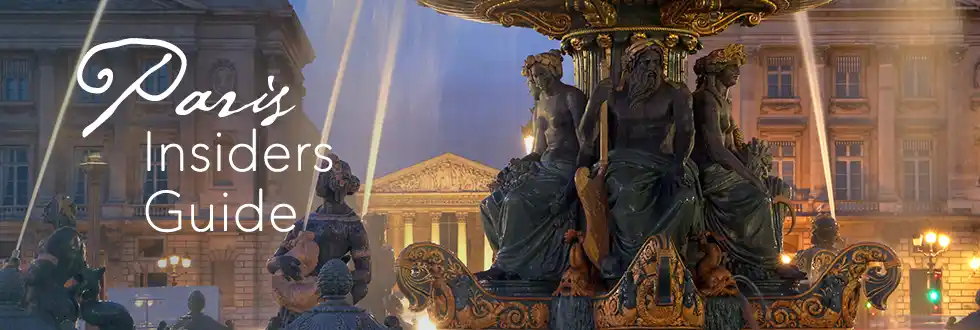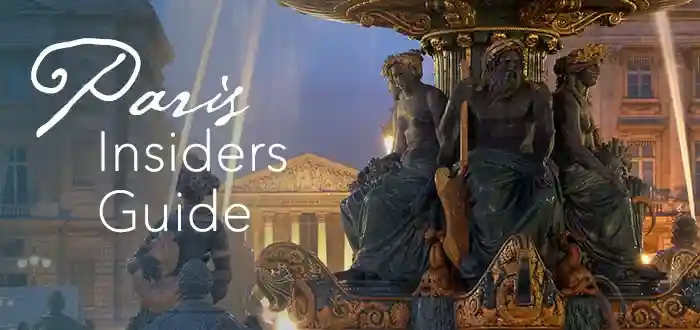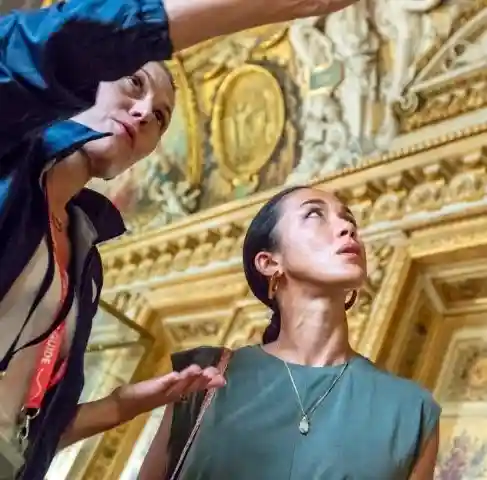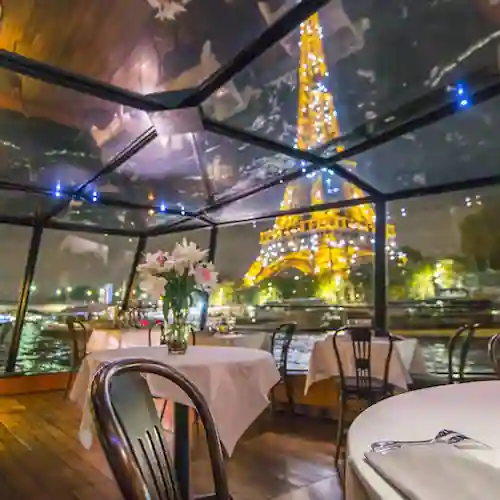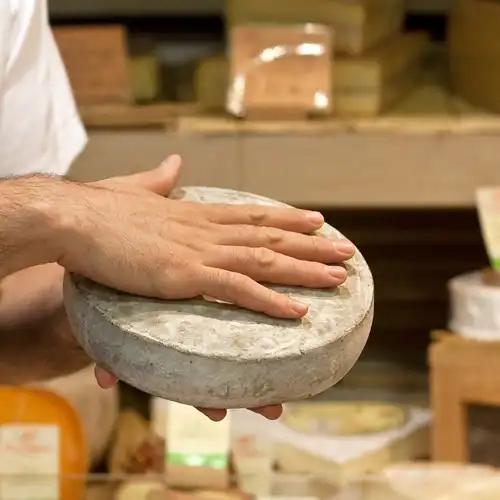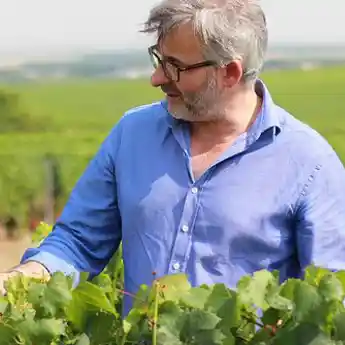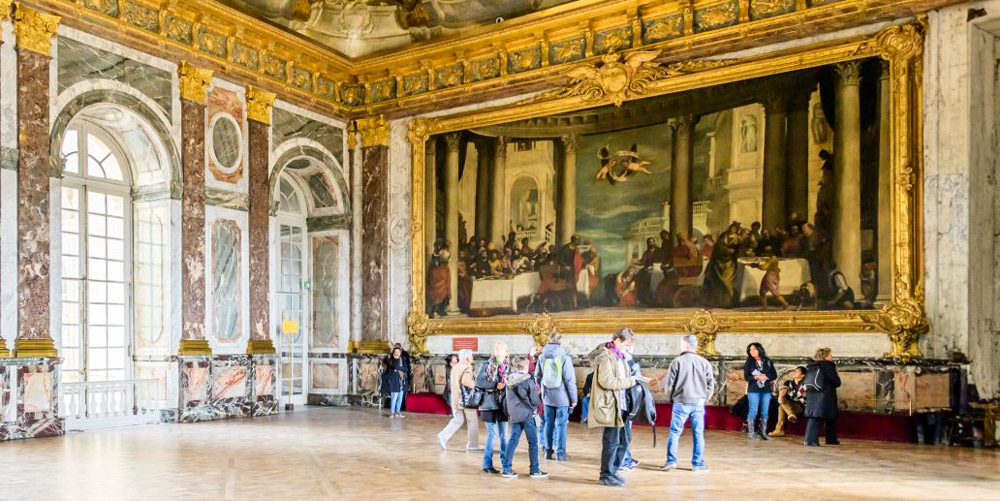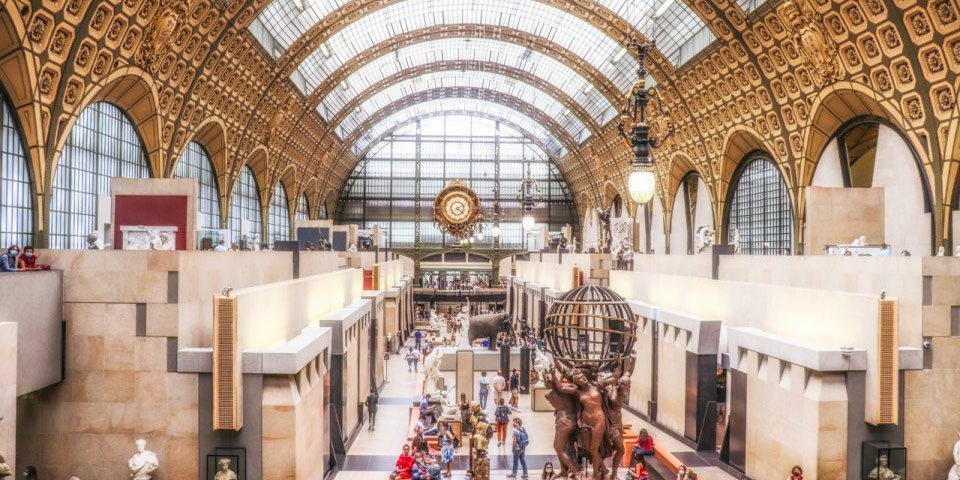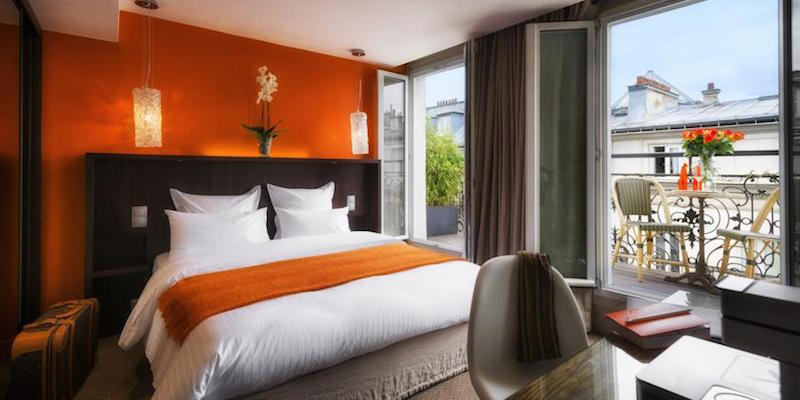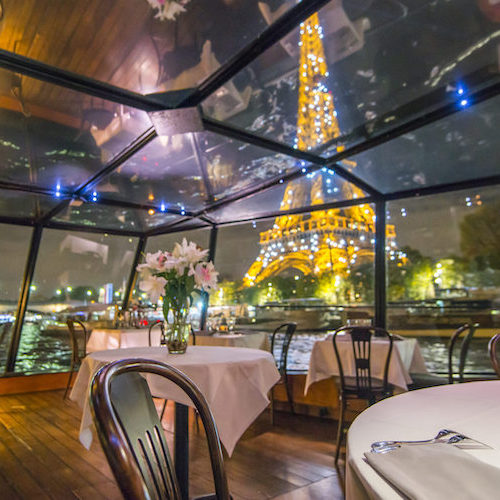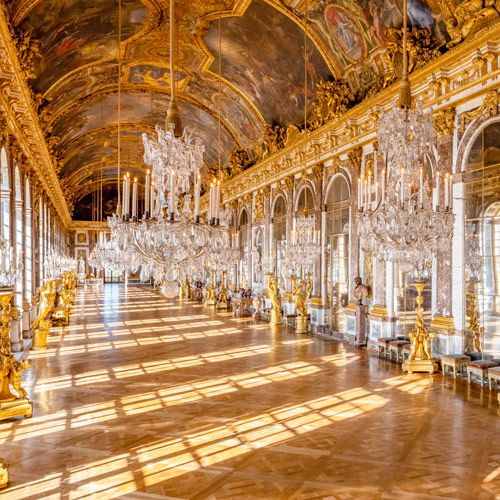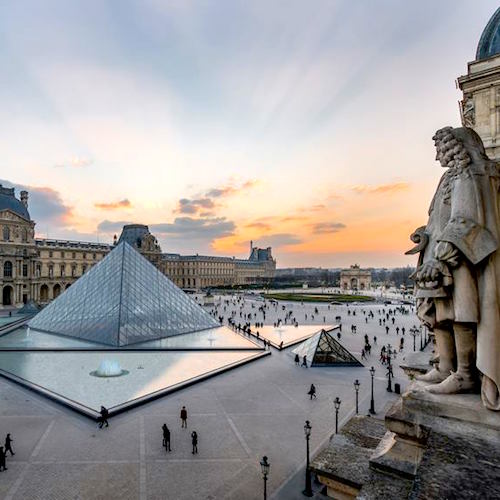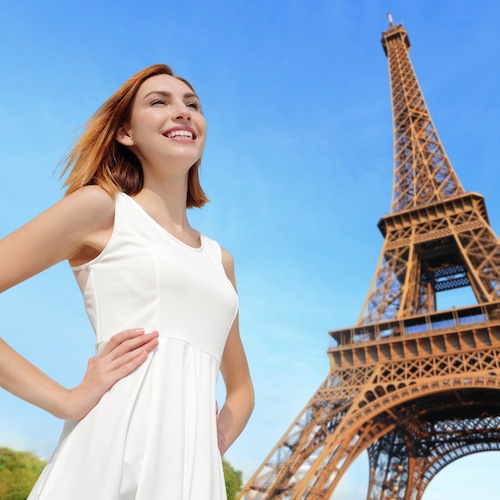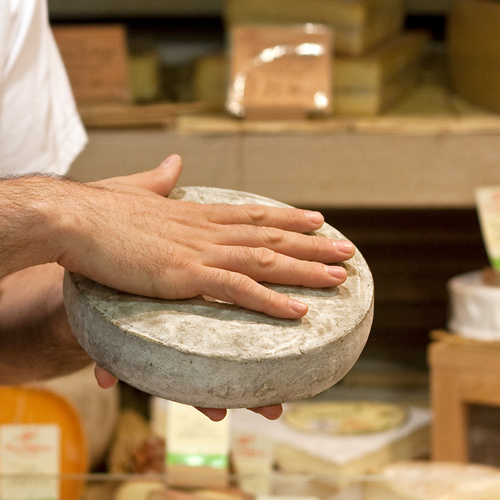Why We Love Jardin du Luxembourg – 57 Acres Of Paris Greenery
Why We Love Jardin du Luxembourg
Jardin du Luxembourg is not just an iconic landmark. The Left Bank park is filled with Parisians relaxing in the sun or playing tennis, boules, and chess. It's also the home of the Musée du Luxembourg, a charming small museum, and the Palais du Luxembourg, built for the mother of Louis XIII, Marie de Médici, in the early 17th century. Today the palace houses the French Senate, which also owns and manages the gardens and oversees the museum.
![]()
Our Top-Rated Left Bank Experiences
1. Full-Day Cooking Class, Market Tour & Lunch… Learn classic French cooking techniques.
2. Saint-Germain Chocolate & Patisserie Tour… Two essential food groups in one tour!
3. The Food & Wine of Saint Germain des Prés… With an expert food guide.
4. Our Top-Choice Left Bank Hotels… All in one list!
23 Hectares of Parkland In The 6th Arrondissement
23 Hectares of Parkland
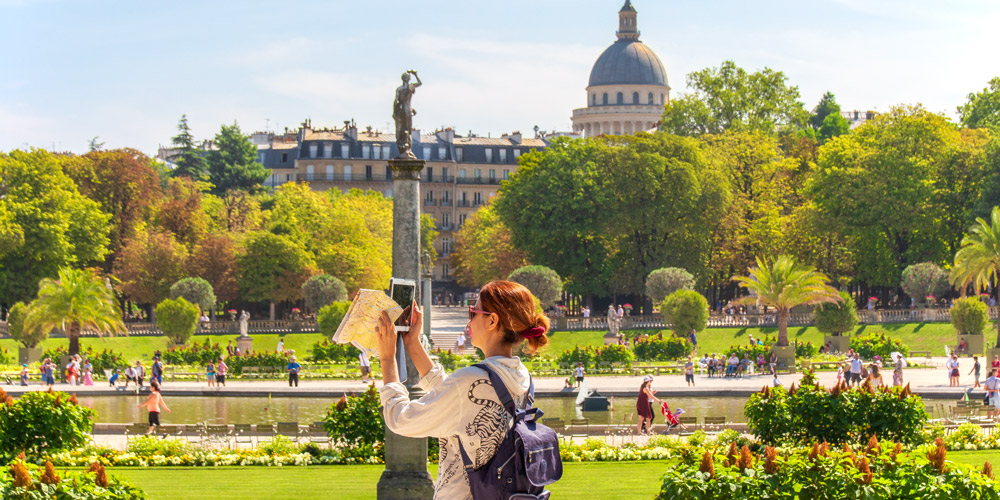 Jardin du Luxembourg, photo by Mark Craft
Jardin du Luxembourg, photo by Mark Craft
This expansive park in the 6th Arrondissement of Paris is a haven for city dwellers, providing tree-lined promenades, toy sailboats drifting on a central pond called Le Grand Bassin, pony rides, marionette shows, tennis courts, chess tables, cafes, a riot of colorful flowers, and the famous Medici Fountain built in 1620. Let's explore this picturesque park and discover all of its riches by looking at just a few of our favorite things.
![]()
Discover What's On When You're Here...
• January... |
• February... |
• March... |
• April... |
• May... |
• June... |
• July... |
• August... |
• September... |
• October... |
• November... |
• December... |
Discover What's On When You're Here
• January...
|
• February... |
• March... |
|---|---|---|
• April... |
• May... |
• June... |
• July... |
• August... |
• September... |
• October... |
• November... |
• December... |
Jardin du Luxembourg
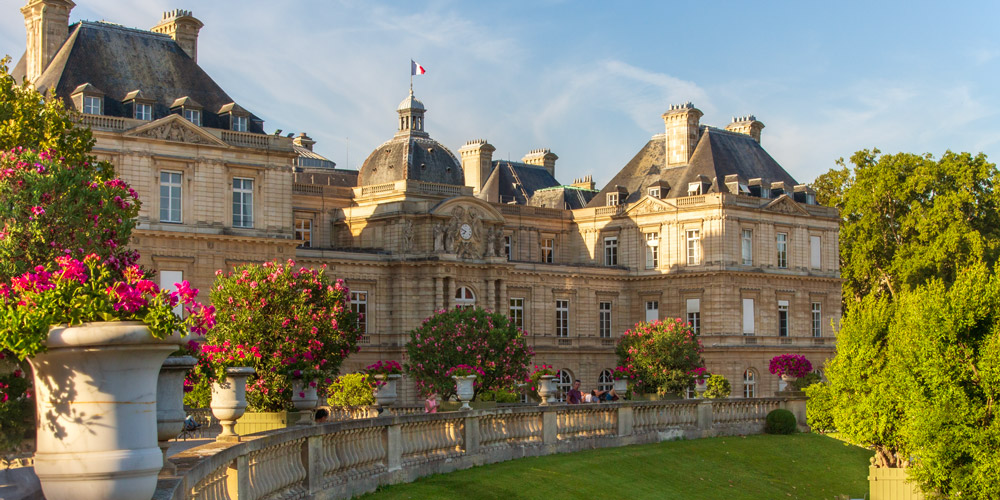 Senate Building, the Palais du Luxembourg, photo by Mark Craft
Senate Building, the Palais du Luxembourg, photo by Mark Craft
Every corner Jardin du Luxembourg surprises you with statues, monuments, fountains, and even orchards. Surrounding the central green, twenty statues of French queens and matriarchs stand proudly. Spilling across nearly sixty acres, the Jardin du Luxembourg is the place where Parisians do what the French do best — relax and enjoy the good life. Dotted throughout the park are the famous green chairs, both the sitting and reclining type, with numerous benches as well.
The most impressive structure in the park is the Palais du Luxembourg, which is today the home of the French Senate. (Photos above.) Located in front of the large, round pond, the palais both dominates and anchors the central lawns of the jardin. It was built by Marie de' Medici, widow of French king Henry IV, known as "Good King Henry". Following the French Revolution the palace was repurposed for government use.
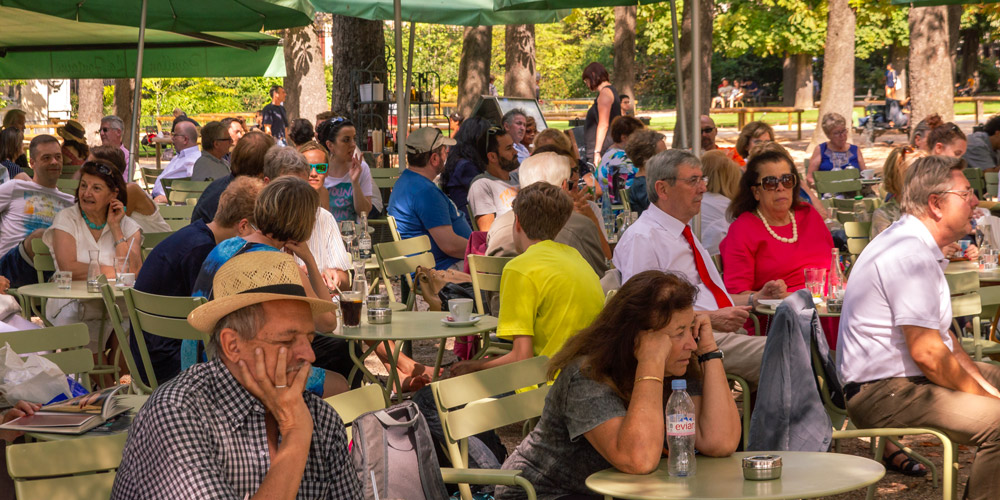 Outdoor dining at Jardin du Luxembourg, photo by Mark Craft
Outdoor dining at Jardin du Luxembourg, photo by Mark Craft
Unlike the parks you may be used to, sitting on the grass is interdit (not permitted), except in a few designated areas that can change during the day. It's best to find one of the green metal chairs, pull up to the Grand Bassin, and take in the views. If you get hungry or thirsty head to the sun-dappled outdoor cafe, Pavillon de la Fontaine, for a crisp glass of Sancerre and a grilled open-face sandwich on Poilane bread.
![]()
|
Paris Dinner Cruises on the Seine Dine in style as you glide past the Eiffel Tower, Notre-Dame, and the Louvre on a magical Seine River cruise. Gourmet food, champagne, and Paris lit up at night – it’s unforgettable. |
|
Paris Dinner Cruises on the Seine Dine in style as you glide past the Eiffel Tower, Notre-Dame, and the Louvre on a magical Seine River cruise. Gourmet food, champagne, and Paris lit up at night – it’s unforgettable. |
L'Orangerie
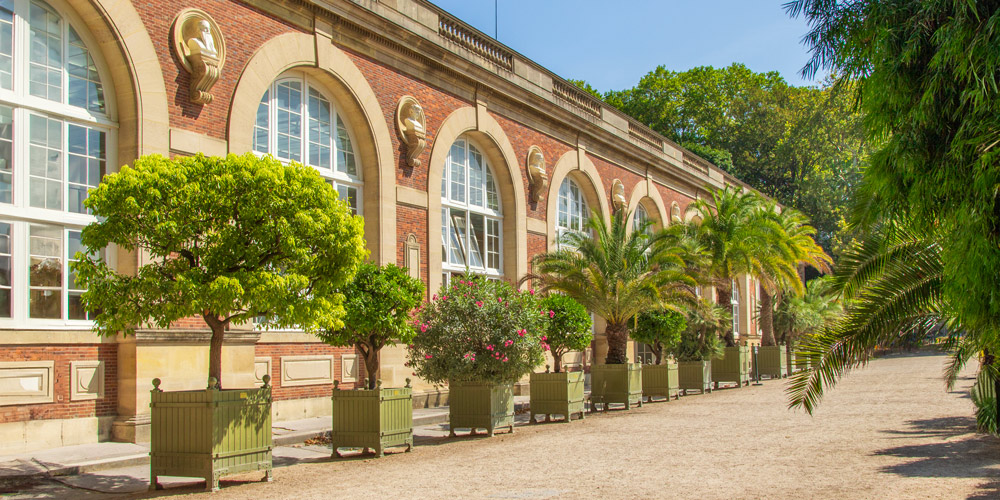 L'Orangerie, Jardin du Luxembourg, photo by Mark Craft
L'Orangerie, Jardin du Luxembourg, photo by Mark Craft
Built in 1830, the Luxembourg orangerie houses a vast collection of exotic plants like palm trees, oleanders, orange and pomegranate. The fruit garden was founded by Carthusian monks and there are still hundreds of apple and pear varietals. Today, the orangery is open to the public on European Heritage Days, usually held in mid-September. The Senate organizes temporary exhibitions of contemporary art in L'Orangerie in the summer when the exotic plants have been moved outside into the gardens.
La Fontaine Médicis
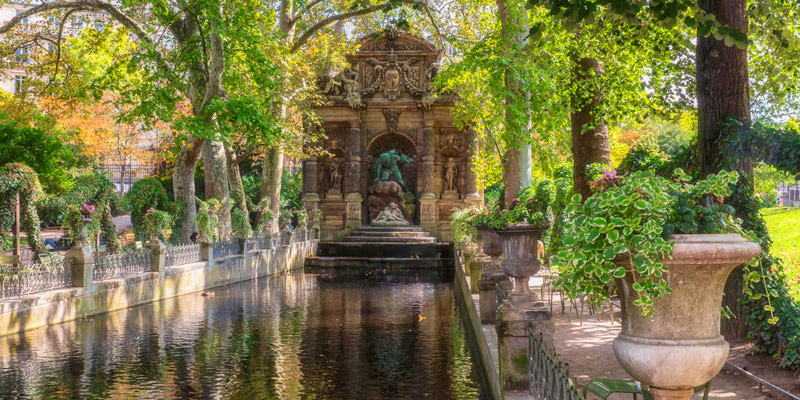 Medici Fountain, photo by Mark Craft
Medici Fountain, photo by Mark Craft
Two centuries earlier, in 1630, Marie de Medici (who, by the way, was widowed following Henry's assassination) built this magnificent fountain. She enlisted a Florentine artisan who modeled the grotto in the style of an Italian Renaissance garden. After the French Revolution, the fountain fell into ruins. Who do you guess came to the rescue? That's right, Napoleon Bonaparte restored the fountain with the help of Jean Chalgrin (the architect responsible for l'Arc de Triomphe).
Napoleon III later had the fountain relocated to the the east side of the Palais du Luxembourg, where it is found today. Today the long, tranquil basin of water is flanked by plane trees and sculptures inspired by Greek mythology.
![]()
|
Trade Paris bustle for royal grandeur on a guided Versailles tour. Skip the lines, wander the gardens, and peek inside Marie Antoinette’s private estate. History never looked this good. |
|
Trade Paris bustle for royal grandeur on a guided Versailles tour. Skip the lines, wander the gardens, and peek inside Marie Antoinette’s private estate. History never looked this good. |
Musée du Luxembourg
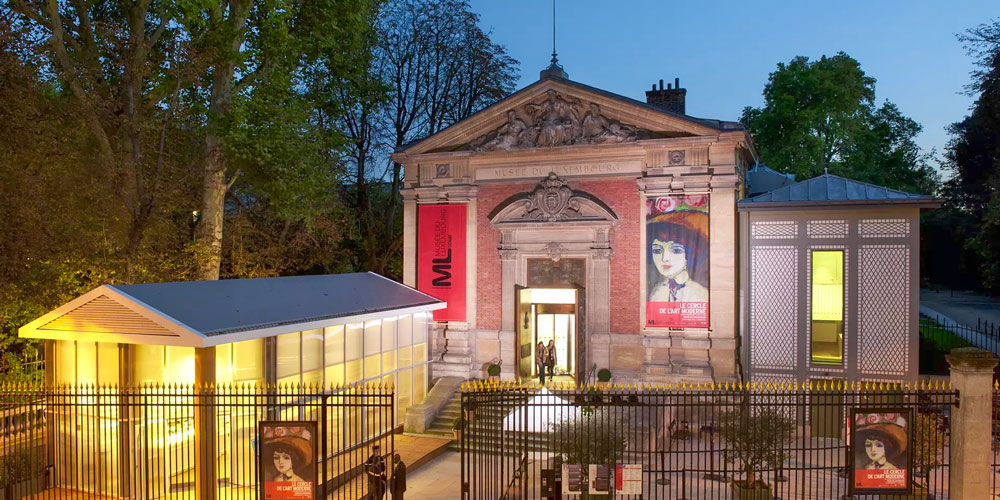 Musée du Luxembourg, photo Musée du Luxembourg
Musée du Luxembourg, photo Musée du Luxembourg
Another legacy of Marie de Medici is her collection of paintings that were displayed in the palais at Luxembourg, often considered the first public museum in Paris. There were 24 paintings by Rubens of the royal family as well as the Royal Collection of 100 paintings by Leonardo da Vinci, Raphael, Veronese, Rembrandt. Not a bad lineup !
In 1818, Musée du Luxembourg was designated as a space for living artists and the 100 paintings from the Royal Collection were moved to the Louvre. On display in the 19th century were paintings by David, Ingres, and Delacroix. (Another good lineup.) After the French Senate took over the palace and the gardens in 1879, a new structure was built, a smaller building next to the main palais, and this is the current home of the museum. The first Impressionist exhibition in Paris was held here with works by Pissarro, Renoir, Sisley, and Cezanne. This enviable collection was eventually moved to the Musée d'Orsay.
Today, there is no permanent collection at the Musée du Luxembourg, but it is used for a few themed exhibitions annually. In recent years we've seen shows featuring the royal portraits of Rubens, an exhibit marking the 200th anniversary of the death of Napoleon's empress Josephine, and Cézanne's paintings made while he was in Paris.
![]()
|
Skip the lines and join an expert-led tour through the Musée d'Orsay — home to Van Gogh, Degas, and Monet. It’s the ultimate walk through 19th-century art in a grand old train station. |
|
Skip the lines and join an expert-led tour through the Musée d'Orsay — home to Van Gogh, Degas, and Monet. It’s the ultimate walk through 19th-century art in a grand old train station. |
The Bandstand
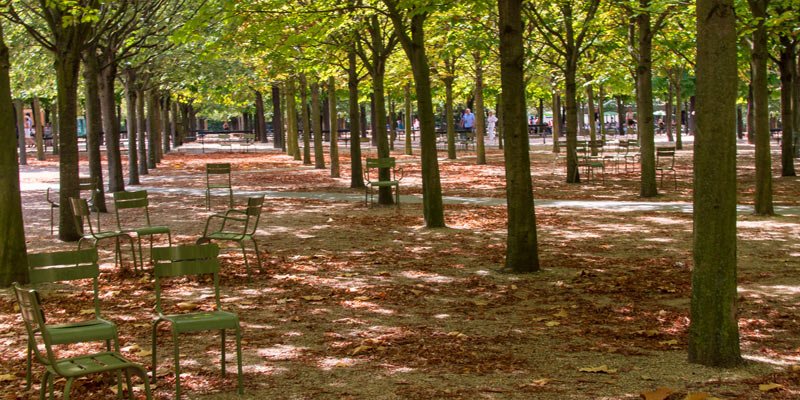 Jardin du Luxembourg, photo by Mark Craft
Jardin du Luxembourg, photo by Mark Craft
Built in 1888, based on plans of Charles Garnier (the architect who masterminded Palais Garnier), the gazebo bandstand presents dozens of free musical events from June to October. The gazebo is located in the trees to the southeast of the palace, near the cave. You can find the performance schedule on the French Senate website. It's in French, but you can get an idea of the list of events.
A Brief History of Jardin du Luxembourg
 Tanks in the Jardin du Luxembourg during the Liberation of Paris, August 1944
Tanks in the Jardin du Luxembourg during the Liberation of Paris, August 1944
Marie de Medici, the wife of Henri IV and mother of Louis XIII, purchased the land in 1612 to create a royal estate inspired by her hometown of Florence. The palace she built housed royalty right up until the French Revolution. In 1791, it was declared a National Palace and became the hub of government including the Directoire, the House of Peers, and eventually the Senate.
The palace and the park were occupied by the Nazis during World War II but both were liberated on August 25, 1944 when Allied troops surrounded and capture the 2,000 German soldiers who had taken refuge in the garden. It's hard today to imagine armored tanks rumbling through the peaceful park.
![]()
|
Browse our hand-picked Paris hotel deals with real-time discounts of up to 20%. Stay in the Marais, Saint Germain, the Latin Quarter, the Left Bank near the Eiffel Tower… every arrondissement is on the list. |
|
Browse our hand-picked Paris hotel deals with real-time discounts of up to 20%. Stay in the Marais, Saint Germain, the Latin Quarter, the Left Bank near the Eiffel Tower… every arrondissement is on the list. |
Jardin du Luxembourg Resources
- GENERAL INFORMATION
- 6th Arrondissement, Saint-Germain area
- Garden Hours & Information…
- Palace Website…
- MUSÉE DU LUXEMBOURG
- 19 rue de Vaugirard, 6th Arrondissement
- Museum Website…
- Bandstand Music Website…
- Orangerie Exhibition Schedule…
- Metro Lines 4 & 8, Odeon
- RER B, Luxembourg
- Miniature sailboats rental Wednesday, Saturday, Sunday
- Marionette performances Wednesday, Saturday, Sunday, and holidays
Paris Planning Guides
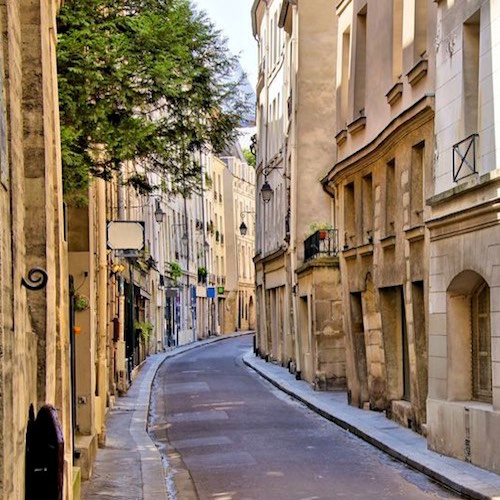 Latin Quarter Guide
Latin Quarter Guide |
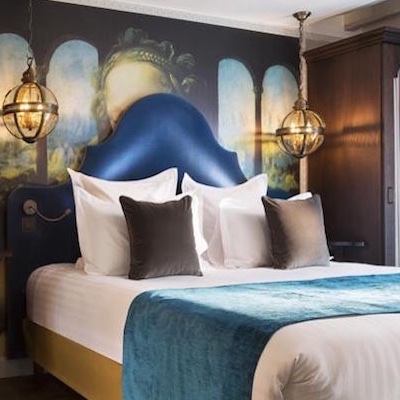 Left Bank Hotels
Left Bank Hotels |
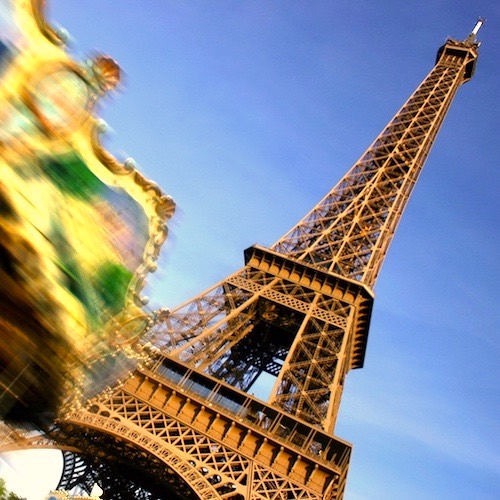 Skip the Tower Lines
Skip the Tower Lines |
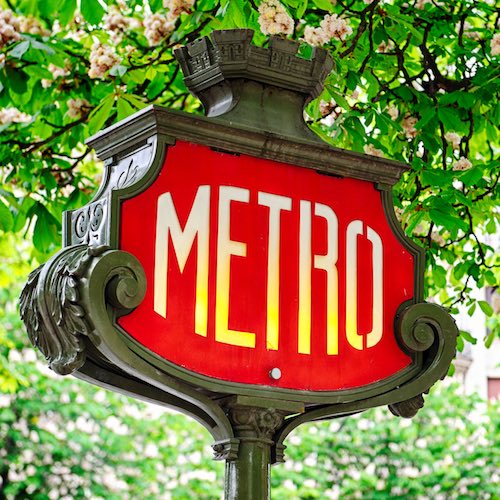 Paris Metro Guide
Paris Metro Guide |
